2011 – The last mission of Space Shuttle Discovery. Commander Steve Lindsey, Pilot Eric Boe and Mission Specialists Alvin Drew, Michael Barratt, Nicole Stott and Steve Bowen lifted off aboard Discovery STS-133, from NASA’s Kennedy Space Center in Florida on a mission to install the “raft module” and many other components to ISS. STS-133 was the final flight of the space shuttle Discovery. Discovery logged a total of 39 missions, a total of 365 days in space and travelled 148.2 million miles by the end of its remarkable history.

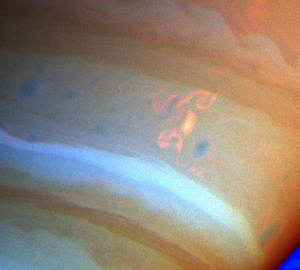
2005 – Dr. Don Gurnett, the RPWS Cassini principal investigator at the University of Iowa, said, “The radio signals from Saturn lightning are incredibly intense, almost one million times the intensity of terrestrial lightning. An important question we need to answer is why Saturn’s lightning is so intense.
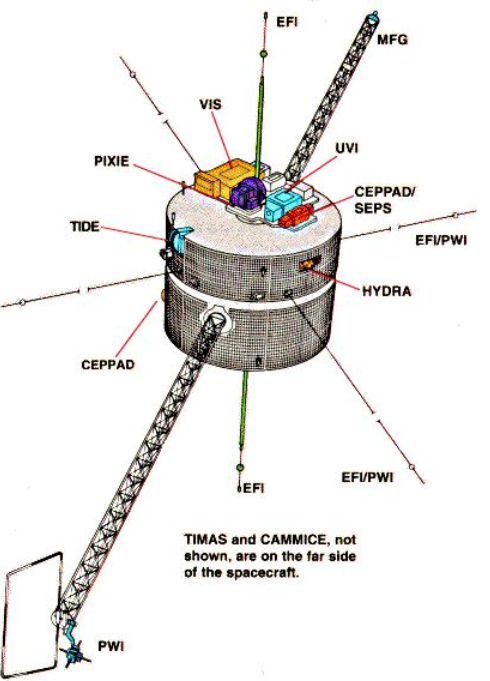
1996 – The Polar spacecraft was launched, from Vandenberg Air Force Base, to study the region over the poles of Earth. It was designed to study the polar magnetosphere and aurora, measuring plasma entry, particle flow, and energy deposition in Earth’s upper atmosphere, especially near the poles. Though the spacecraft remains in orbit the program came to an end in April 2008.
1997 – Fire aboard Russian space station Mir, Mir EO-23 when cosmonauts faced significant danger. The intense fire ignited in an oxygen generating system and lasted several minutes.
1979 – Solwind P78-1 Launch. A DoD Space Test program.
1968 – The first pulsar was discovered, by Jocelyn Bell Burnell, in a radio search survey. Hewish and Ryle, co-directors of the project, got the `74 Physics Nobel Prize for matching the observations to a model of a rotating neutron star. This had first been explored theoretically thirty years earlier by J. Robert Oppenheimer.
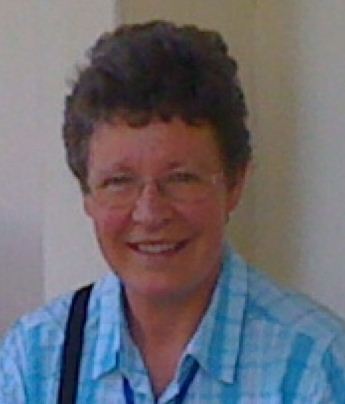
Listen to the sound of pulsar.au PSR 0329+54. It is among the strongest known pulsars, and was one of the first discovered.
It has a pulse period of about 0.715 seconds.
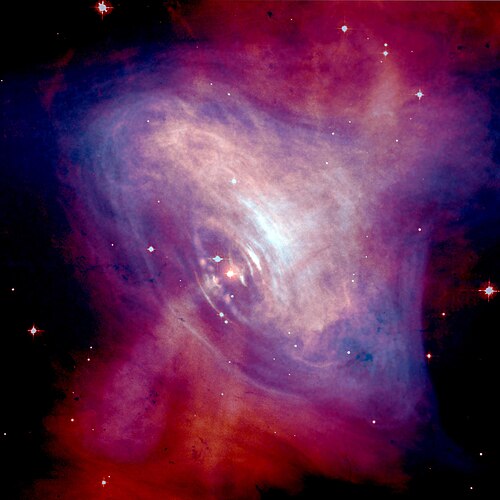
Composite Optical/X-ray image of the Crab Nebula, showing synchrotron emission in the surrounding pulsar wind nebula, powered by injection of magnetic fields and particles from the central pulsar.
1949 – White Sands, New Mexico, a captured and modified German V-2 rocket was launched up to a record height of 250 miles. The “step-rocket” envisioned years earlier by Dr. Robert Goddard had become a reality.
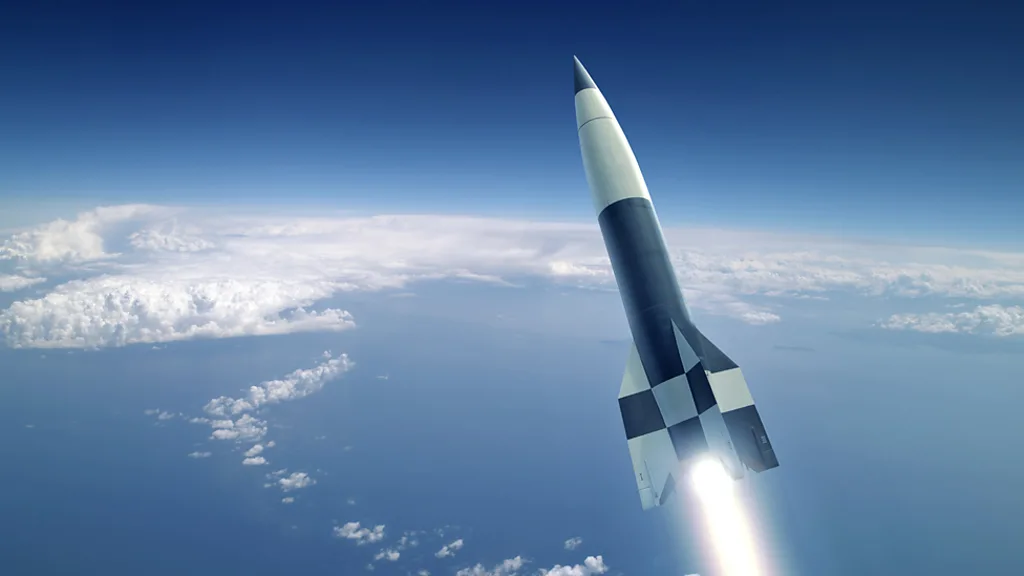
Birthdays
1967 – Brian Paul Schmidt is an American Australian astrophysicist known for his research in using supernovae as cosmological probes. The discovery of the accelerating universe was named ‘Breakthrough of the Year’ by Science in 1998, and Schmidt was jointly awarded the 2011 Nobel Prize in Physics along with Riess and Perlmutter for their groundbreaking work.